As you read this, you may be engrossed by the Wimbledon Championships, which are as much a part of summer as Irish rainstorms. A recent Dorsal View chronicled the various superstitions and idiosyncrasies of the top players, but this grand old tournament deserves a few column inches in itself. For the tennis fans among you, there may be a few facts about the tournament that will surprise you.
For example, the strict all-white dress code is one of the most famous aspects of the competition, but it’s not as widely known that Wimbledon is the only major tournament that is still played on grass. The grass itself must be kept at a length of exactly 8mm.
The average number of balls used during the competition is around 54,250 and if you’re a souvenir hunter, you can actually buy the used balls every day, with all proceeds going to the Wimbledon Foundation, which contributes to local causes.
When it comes to medical treatment, as you might expect, the competitors get the best standard of care. The multidisciplinary team on-site includes specialist physicians, soft-tissue therapists, podiatrists, and physiotherapists. This very specific type of sports medicine can cover a specific range of injuries and has become more of a challenge in recent years – the players are generally bigger, more athletic, and heavier than their predecessors, with the top male players approximately 1.5 inches taller and three years older than they were, even as recently as 1990, says tournament physician Dr Ian McCurdie.
The style of play has also changed of course, with players now liberally sliding, even on grass courts, to increase their court coverage. There is now almost universal use of the ‘Western grip’ (holding the racquet with your left hand at the neck of the racquet with your strings facing down), predominantly double-handed backhands and open-stance hitting with heavy top spin. Most of the injuries sustained at Wimbledon are overuse strains, but you can imaging the potential problems all that sliding and slicing can create.
The players each have their own electronic health record and travelling physiotherapists and experienced tournament physicians provide some continuity of care. When a player does get injured, whilst they may be desperate to continue, the Wimbledon doctors must bring informed consent into the picture. The players must be explicitly informed of the risks of continuing to play in terms of their longer-term health and fitness.
Returning to the quirkier side of the competition, you may have noticed that there is a distinct lack of disruption from troublesome pigeons during the tournament for the 500,000 people who pass through the turnstiles in those two weeks. This is courtesy of Rufus, a hawk used by the All England Lawn Tennis and Croquet Club to keep pigeons away from the courts, which he has been doing for the past 15 years.
Incidentally, in 2012, Rufus was ‘kidnapped’ for three days for unknown reasons, but was returned largely unharmed to the venue after a national outcry.
And what of the Irish at Wimbledon? We haven’t had a representative in the competition since Conor Niland in 2011, but there was a time when we were serious contenders. Rewind to the glory year of 1890, when Wicklow player Willoughby Hamilton won the men’s singles title, while Tipperary native Lena Rice was also crowned women’s singles champion. Hamilton had reached the semi-finals on two previous occasions, whilst Rice had only been playing tennis for two years when she won her title. The two also paired-up to win the mixed doubles category. Irish duo Frank Owen Stoker and Dr Joshua Pim clinched the men’s doubles title the same year. Bray native Dr Pim also took home the men’s singles title in 1893 and 1894. Kerryman Harold Segerson Mahony also etched his name onto the list of Irish Wimbledon winners when he triumphed in 1896.
A note of notoriety must go to Irishman Vere Thomas St Leger Goold, who reached the final in 1879, when he was defeated by the Reverend John Thorneycroft Hartley. That moment in the spotlight was overshadowed a few years later, however, when Goold was found guilty along with his wife Marie Girodin of killing a wealthy Danish widow named Emma Liven in Monte Carlo. He was sentenced to penal servitude for life on Devil’s Island in French Guiana, where he died in 1909, aged 54.
Enjoy your strawberries and cream….
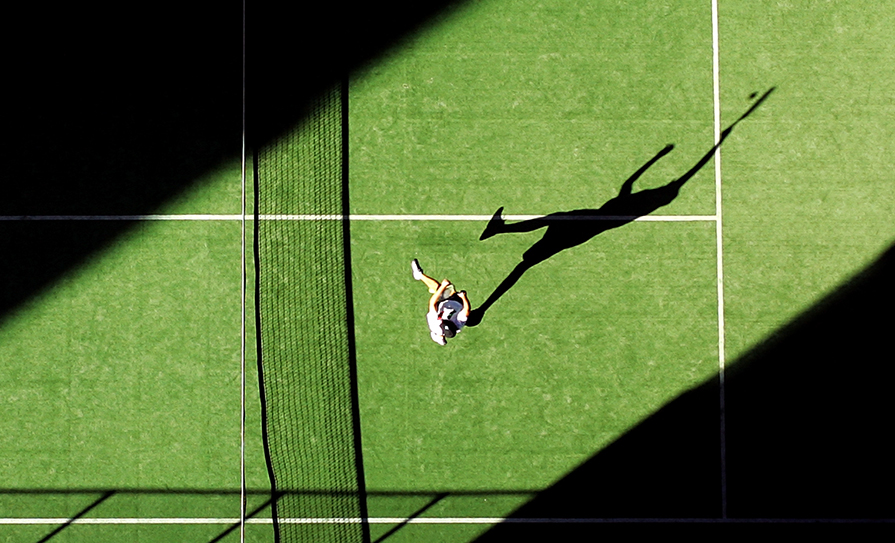



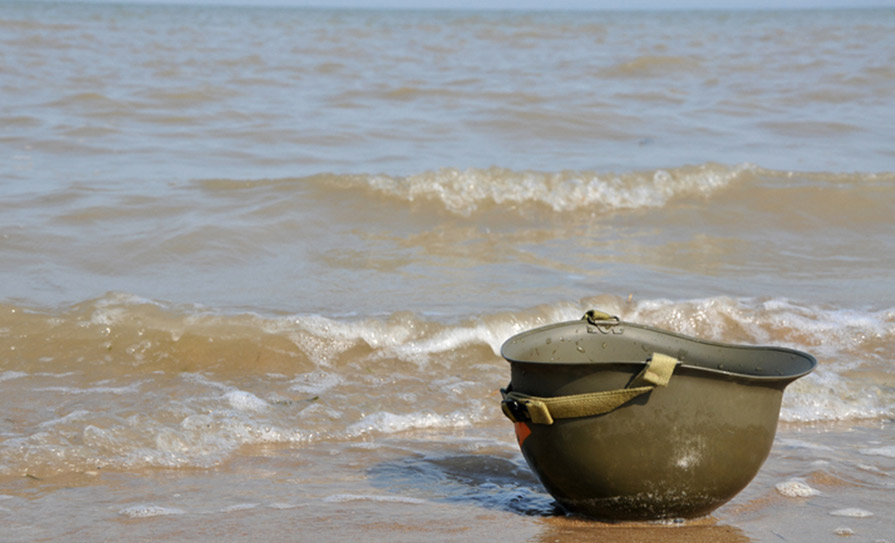
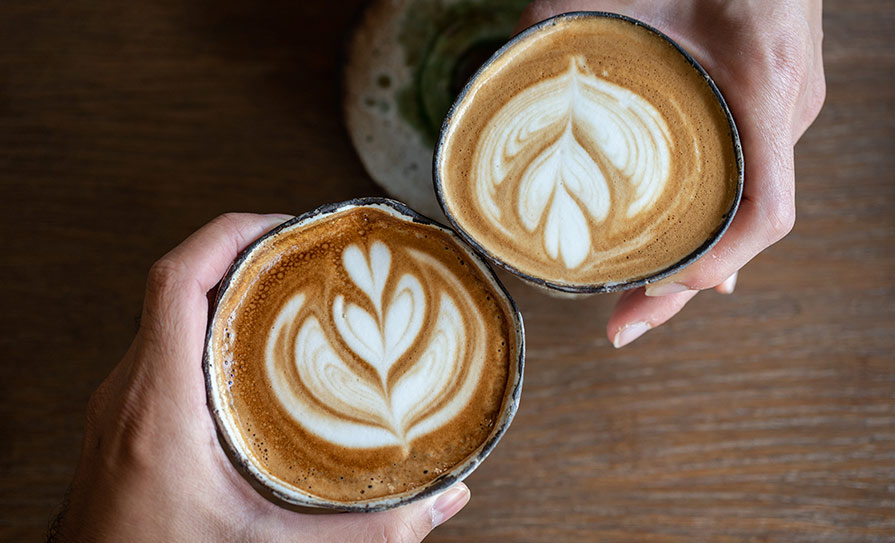

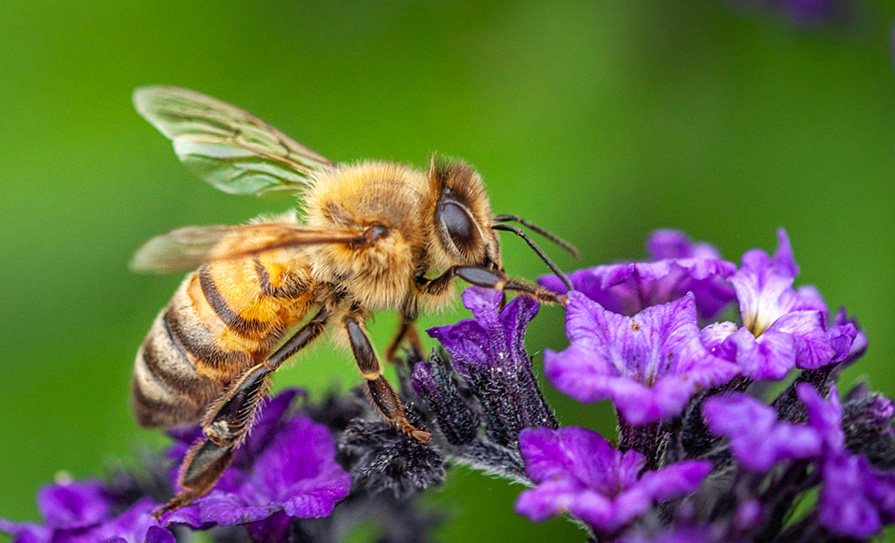
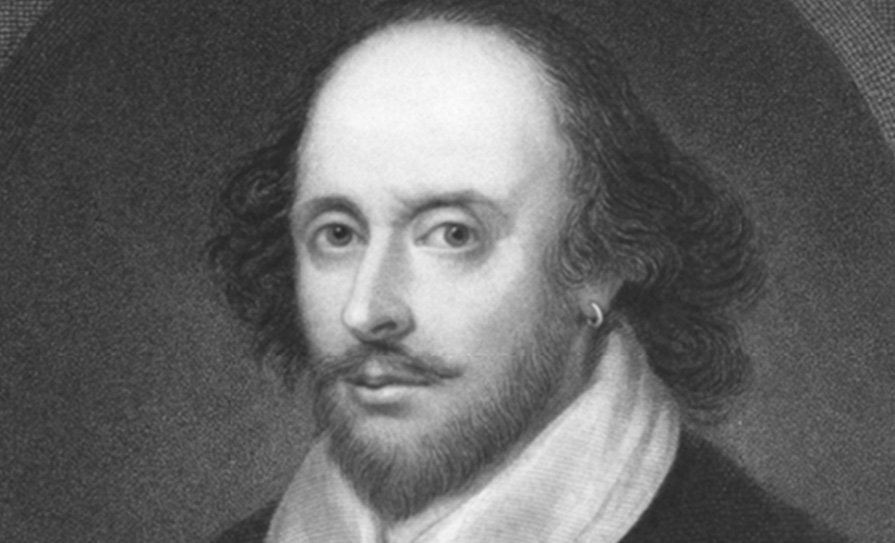




Leave a Reply
You must be logged in to post a comment.